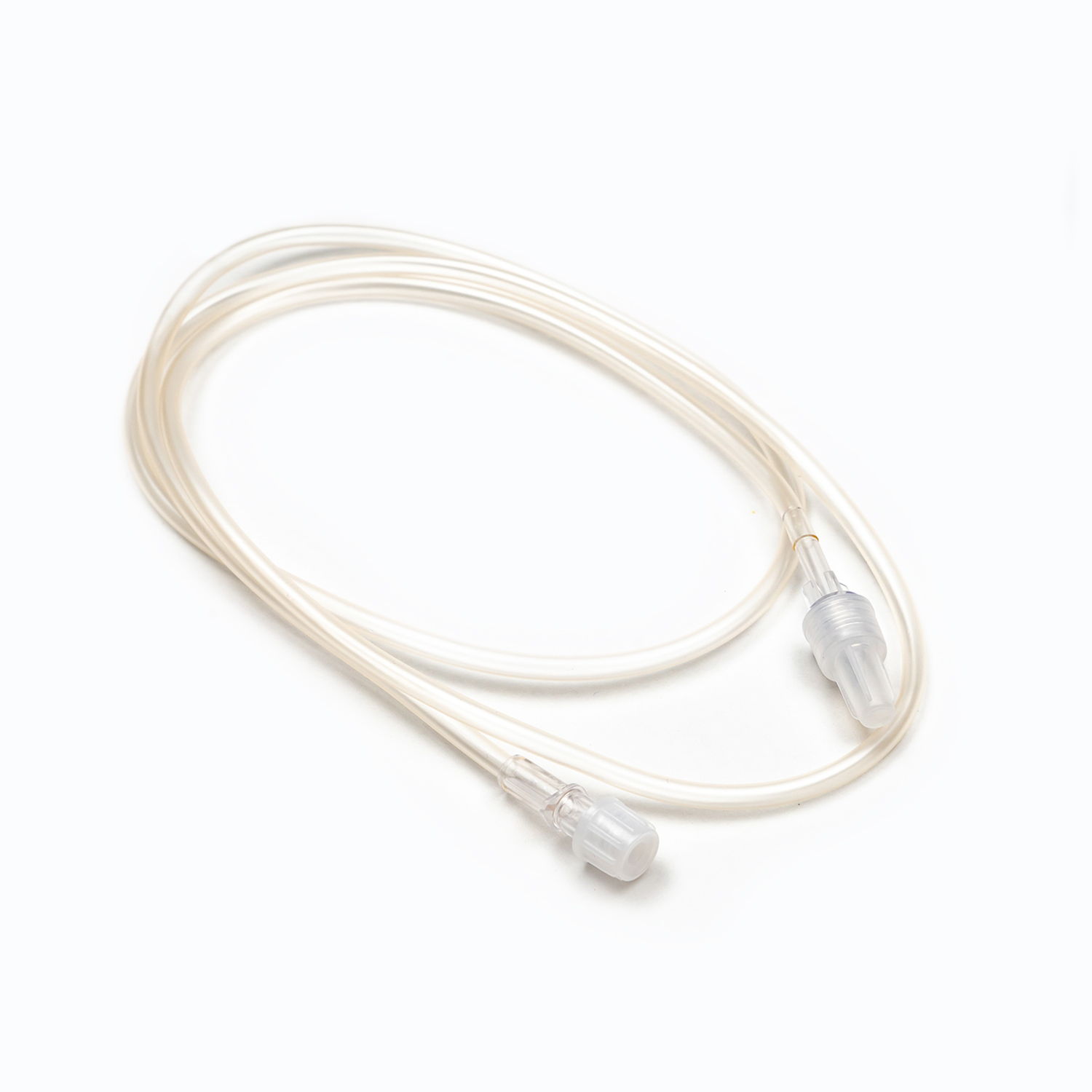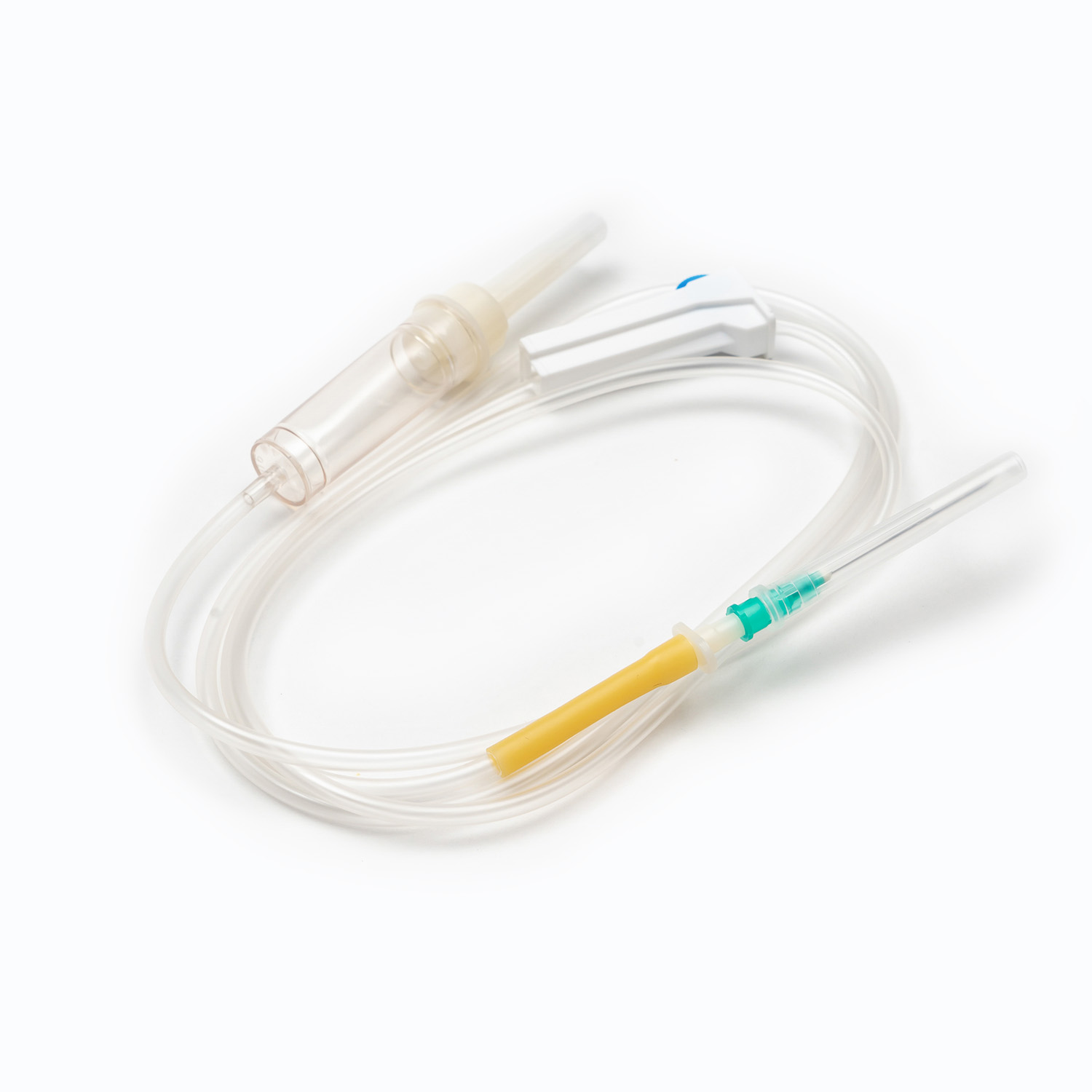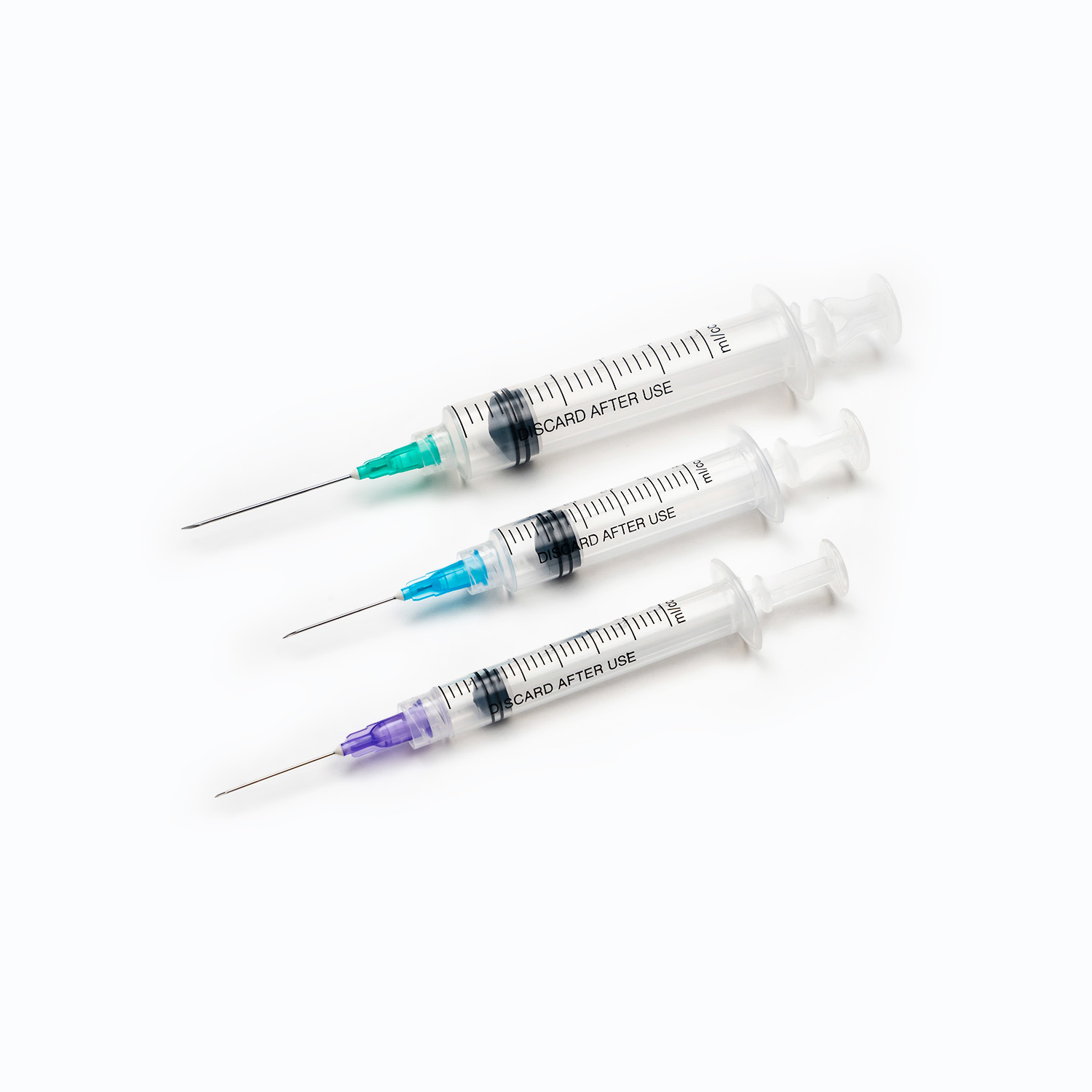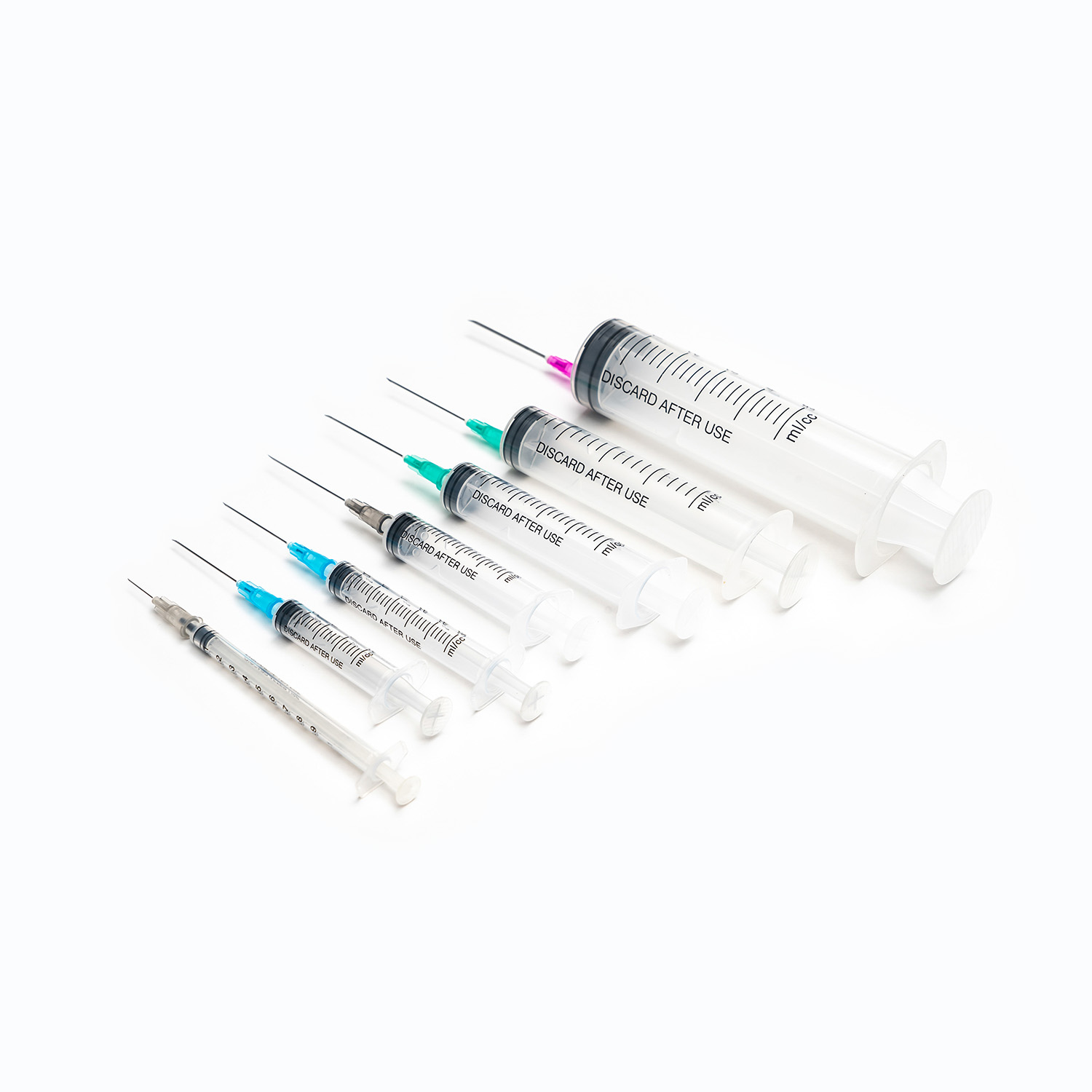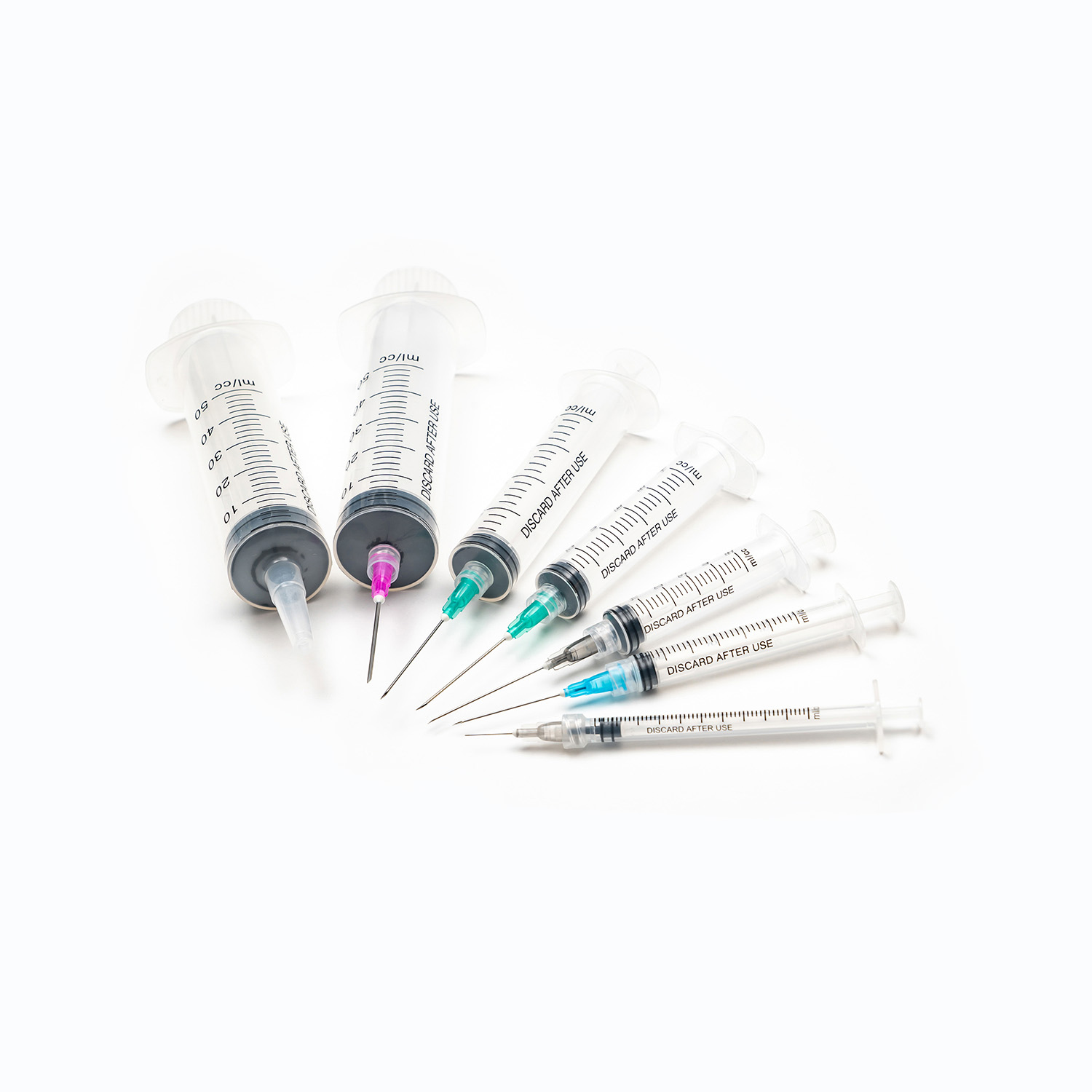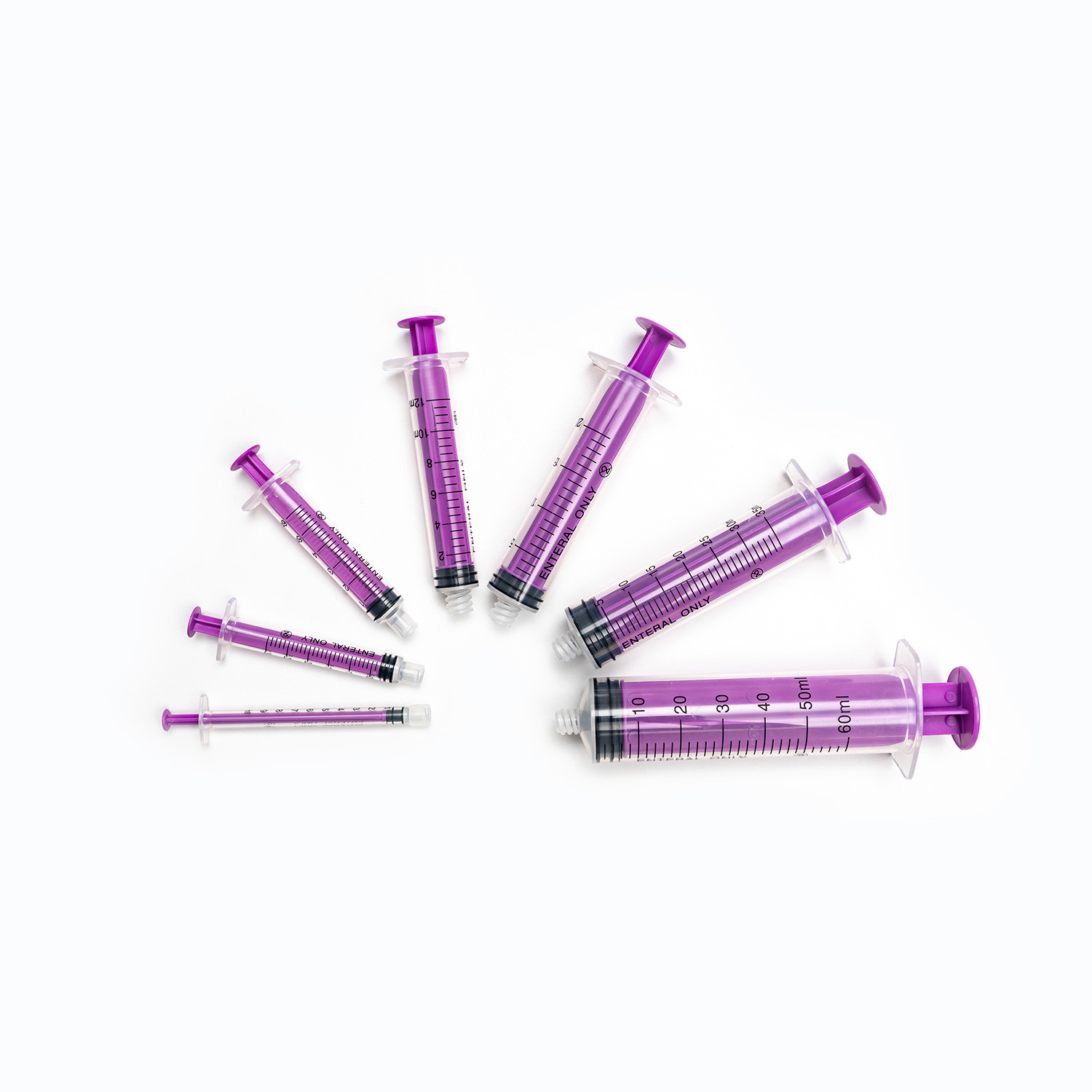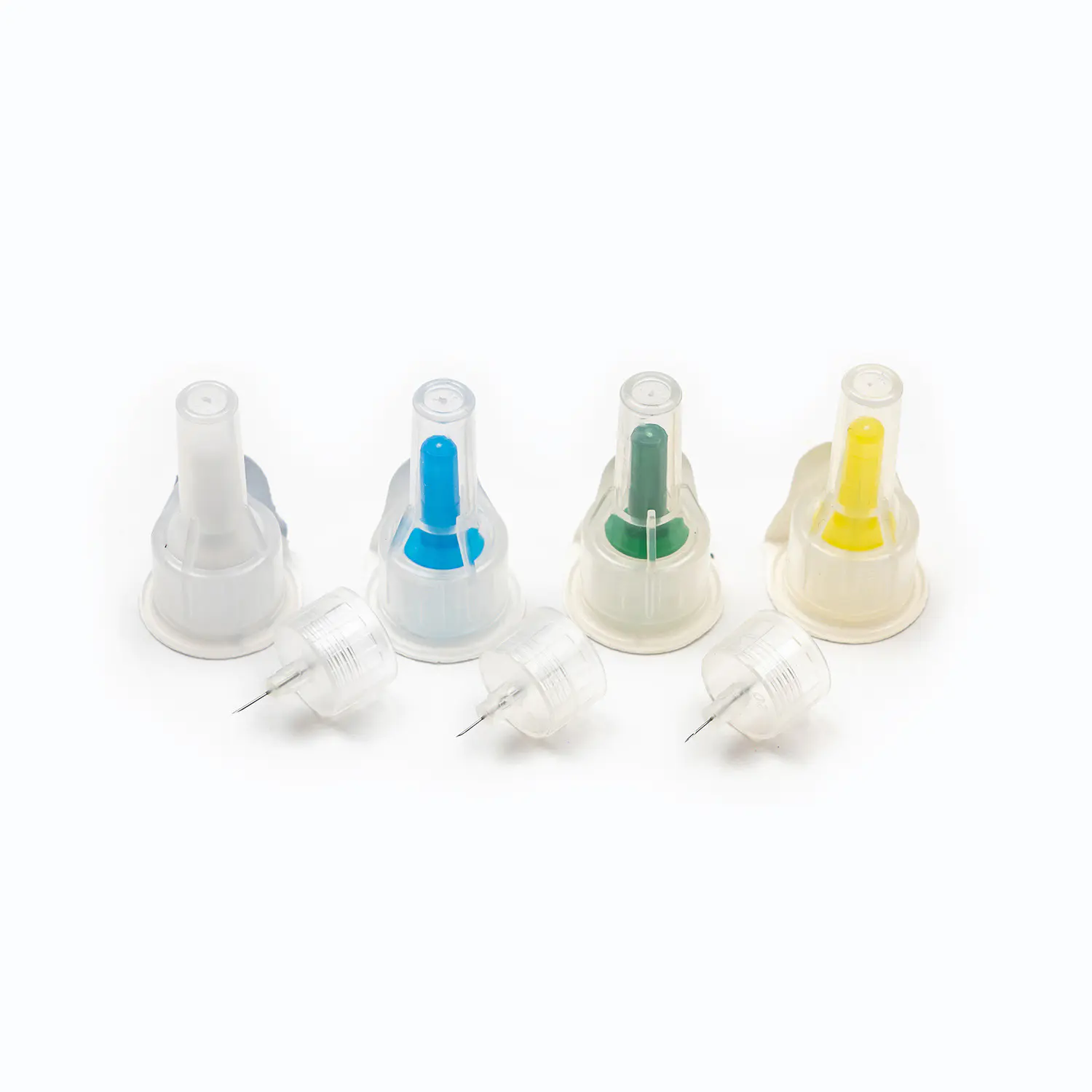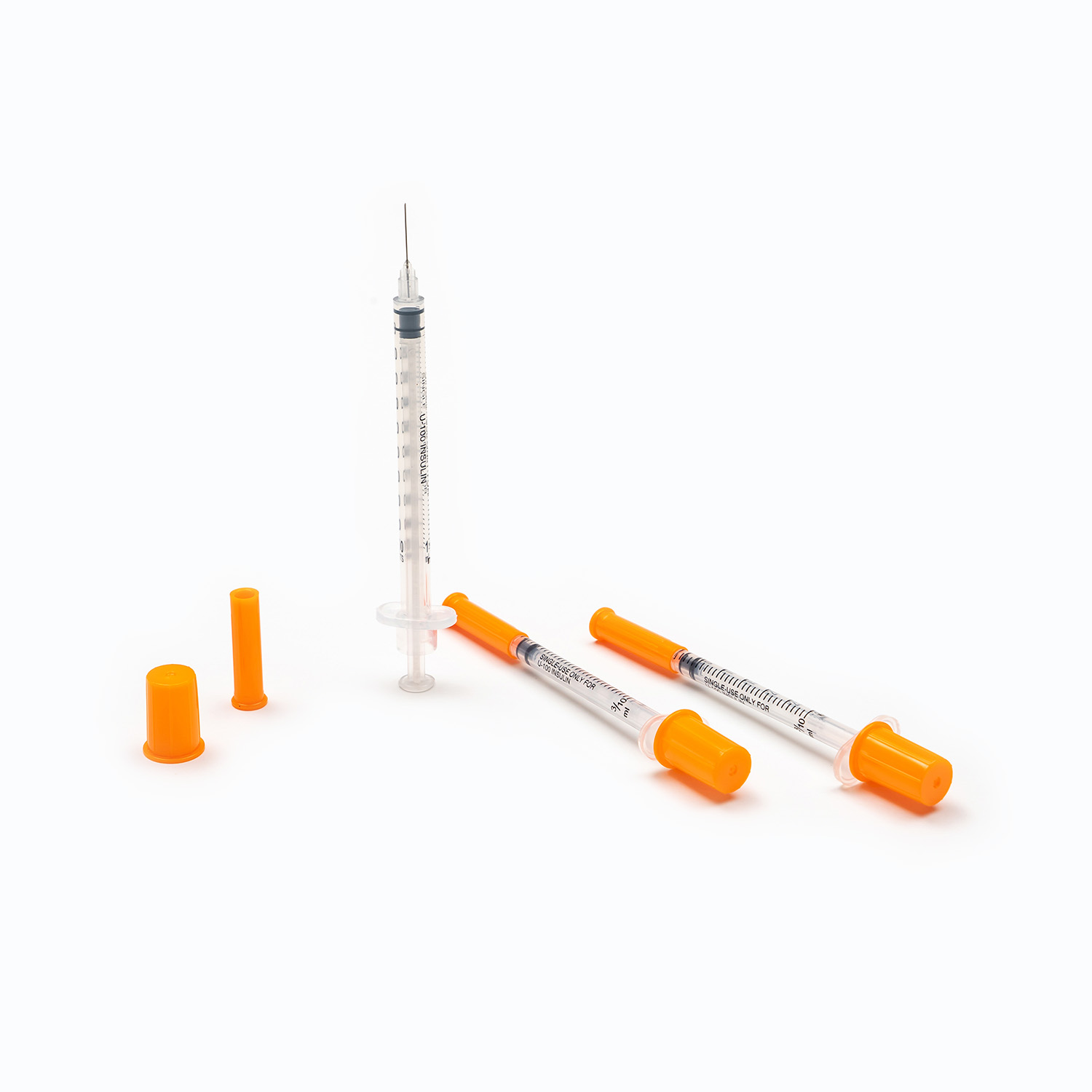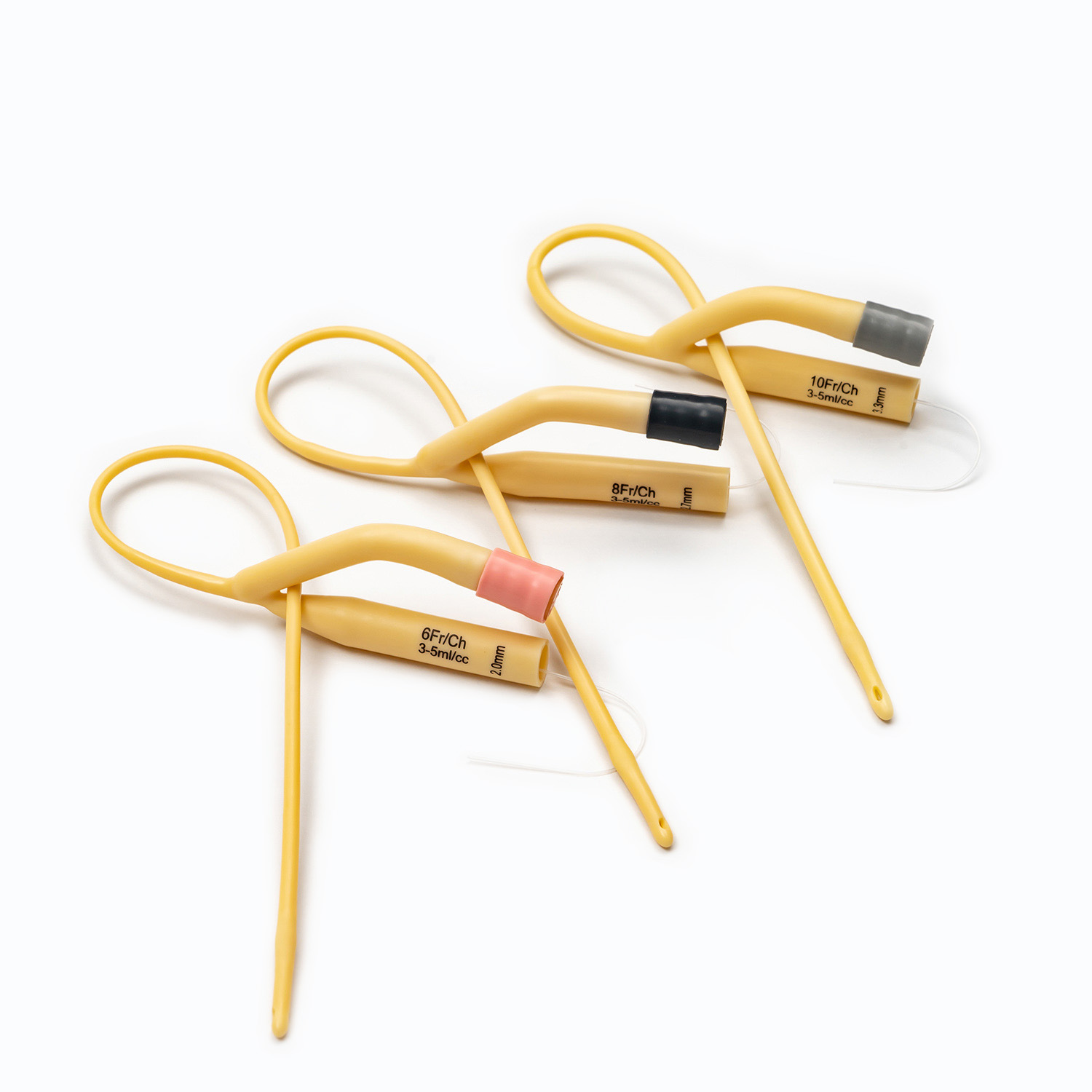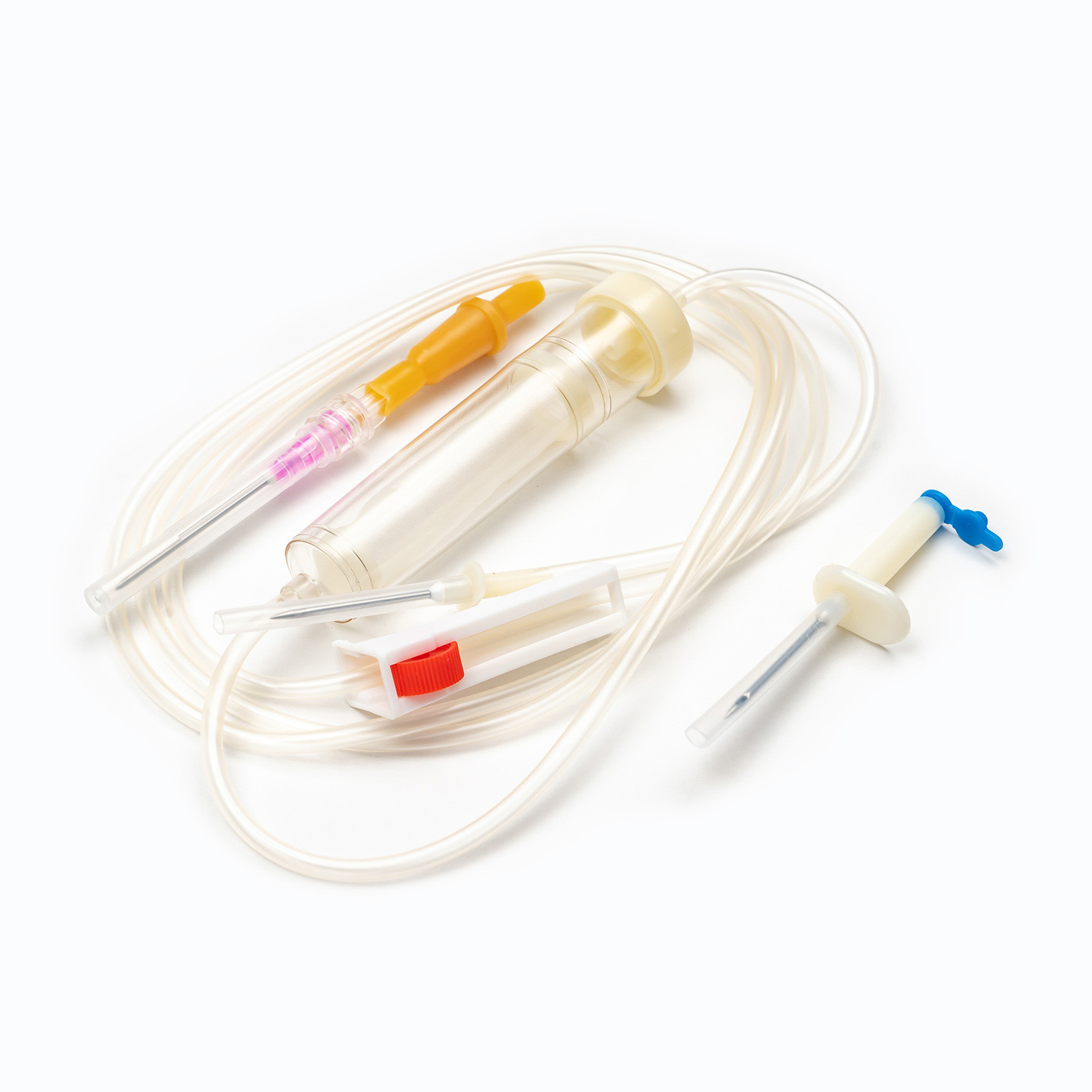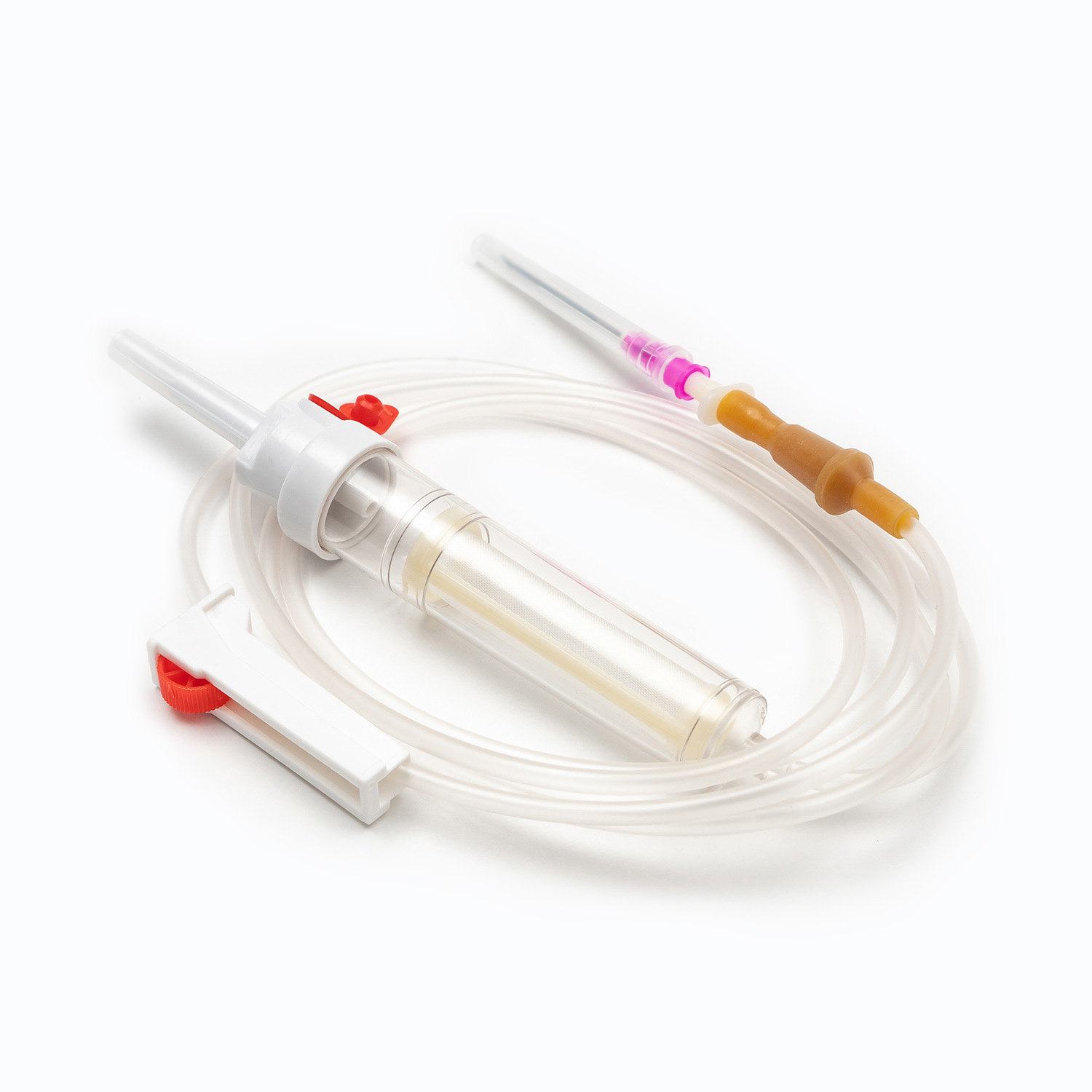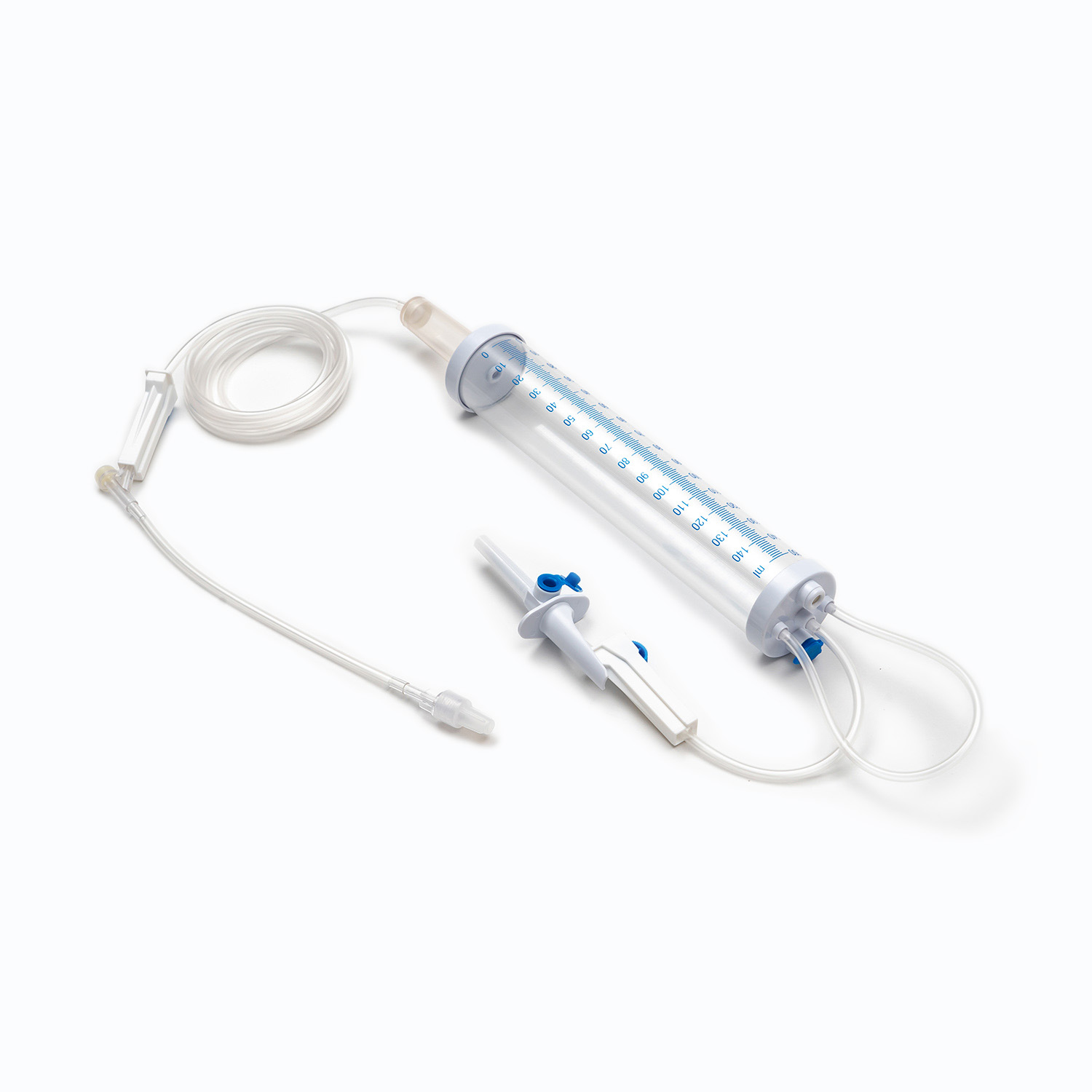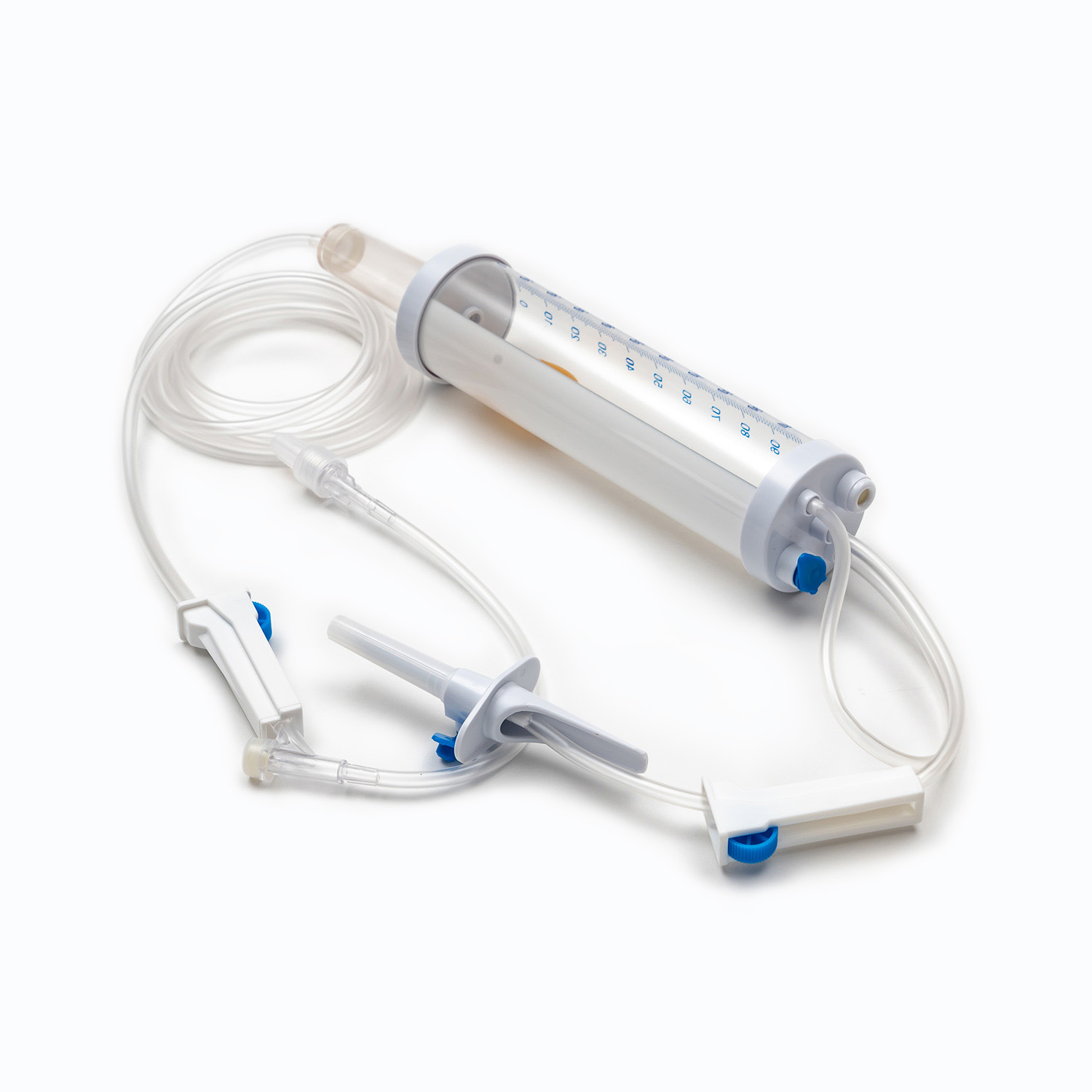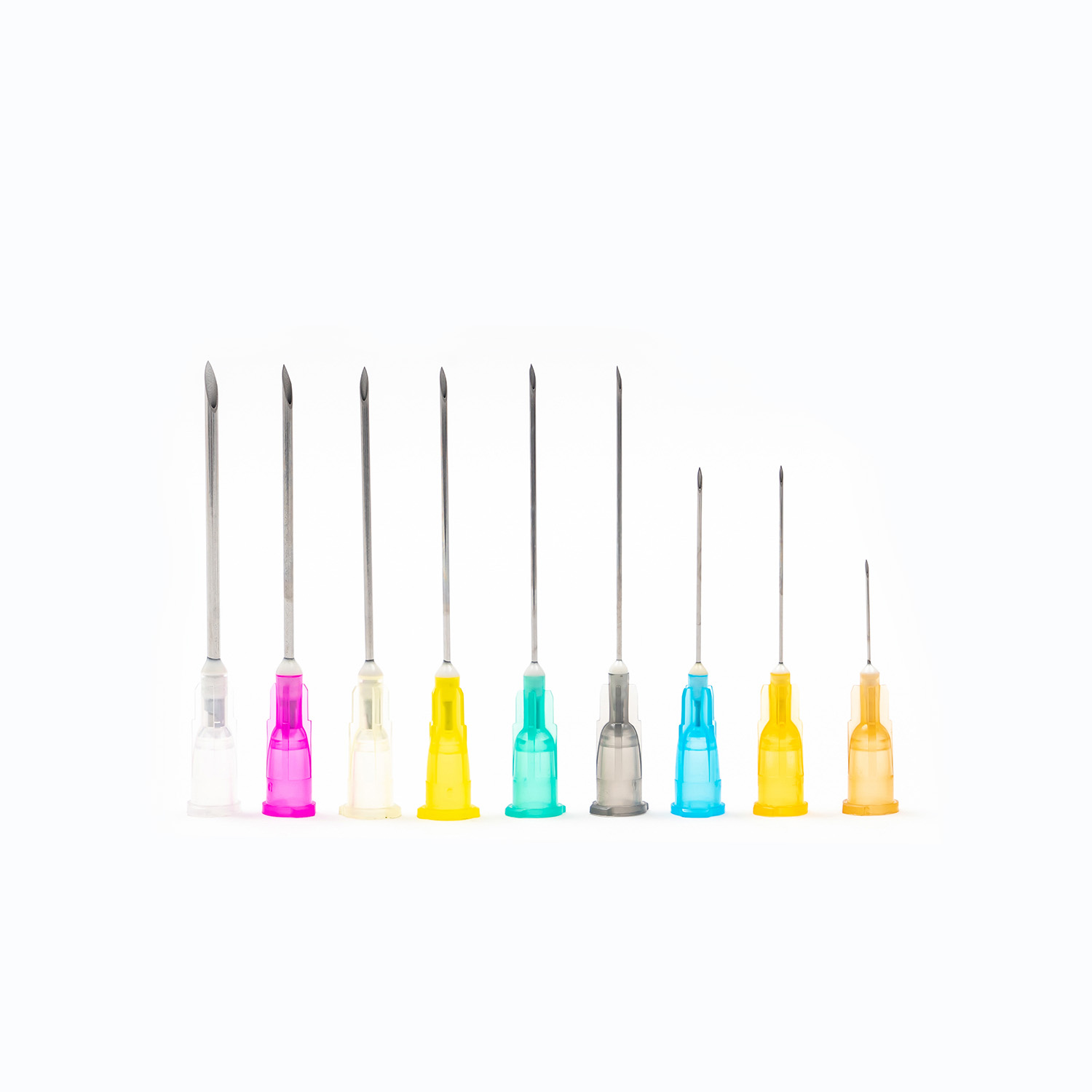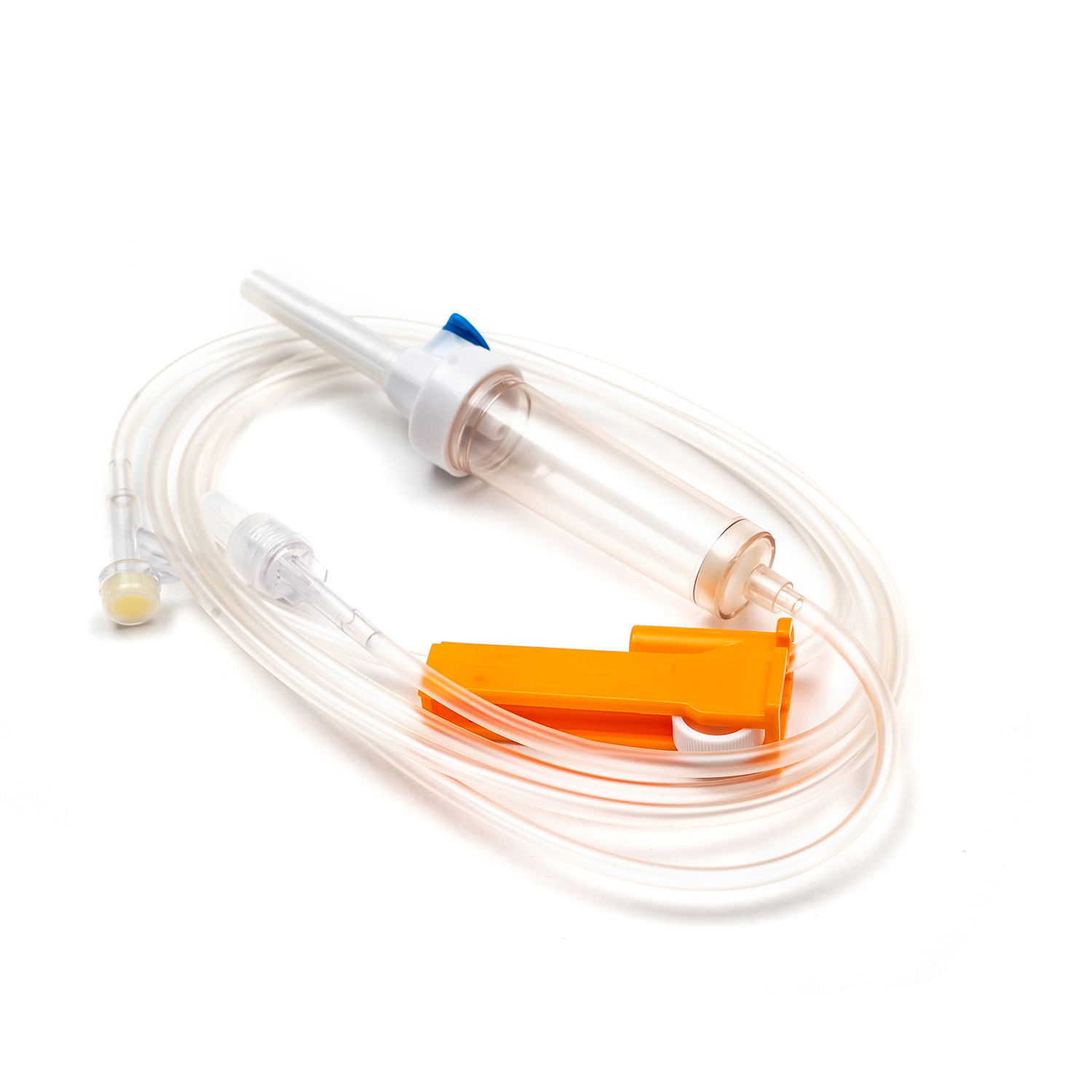Insulin Syringe: A key tool for accurate control of diabetes
Jun 22,2025
Insulin is one of the important drugs for daily management of diabetic patients, and the accuracy of insulin injection is directly related to the treatment effect. As the core tool for such treatment, Insulin Syringe has become an indispensable part of diabetes management in recent years due to its high efficiency and convenience.
1. What is an insulin syringe?
An insulin syringe is a medical device used to inject insulin into the body, usually consisting of a syringe, a needle and a dial. It delivers insulin directly into the body through subcutaneous injection to help diabetic patients control blood sugar levels.
1.1 Composition of insulin syringe
Syringe: used to load insulin, usually made of transparent material, which is convenient for observing the injection of the liquid medicine.
Needle: The needle is made of high-quality stainless steel, and the surface is specially treated to ensure smoothness and comfort during the injection process.
Dial: The scale on the dial is usually marked with units and capacity to help users accurately measure the required insulin dose.
1.2 Types of insulin needles
Depending on their design and function, insulin needles can be divided into several types, including single-use needles and reusable pens.
2. Application areas of insulin needles
Insulin needles are mainly used in the daily treatment of diabetic patients. With the increasing incidence of diabetes, the demand for needles is also rising. Through scientific injection techniques, patients can better control their blood sugar levels and prevent diabetic complications.

2.1 Daily management of diabetic patients
Diabetes patients usually need to take insulin injections every day according to the doctor's prescription to ensure that their blood sugar levels are within the normal range. The use of injection needles can help patients accurately inject insulin, avoid excessive or insufficient doses, and reduce the risk of hypoglycemia or hyperglycemia.
2.2 Innovation and development of insulin needles
In recent years, insulin needles have been continuously innovated in design, with thinner and more comfortable needles and easier-to-operate injection devices. Especially in children and elderly patients, the use of more humane and convenient injection needles can significantly improve their treatment compliance.
3. How to use insulin needles correctly?
The correct use of insulin injection needles is crucial to the treatment effect.
3.1 Preparation stage
Check insulin drugs: Check whether the drugs in the insulin bottle are in accordance with the doctor's prescription, and confirm the dosage and expiration date of the drugs.
Choose the right needle: Choose the appropriate needle length and diameter according to personal needs to ensure comfort during the injection process.
3.2 Injection stage
Choose the injection site: Common injection sites are the abdomen, thigh or upper arm, and the abdomen usually has the best absorption effect.
Clean the skin: Use alcohol cotton balls to disinfect the injection site to keep it clean and avoid infection.
Insulin injection: Insert the needle into the skin quickly to ensure the appropriate injection depth. Press the piston of the syringe to inject insulin slowly and evenly.
3.3 Post-injection treatment
Pull out the needle: After the injection, pull out the needle and gently press the injection site to help the drug absorb.
Handle the syringe: Disposal of disposable injection needles should be properly handled to avoid stabbing others.

4. Insulin Syringe Selection Guide
There are various types of insulin injection needles on the market. How can patients choose the most suitable device for themselves?
4.1 Needle length and diameter
For patients with thin skin (such as children or the elderly), choosing a shorter and thinner needle can reduce the discomfort during injection. Patients with thicker skin can choose a slightly longer needle.
4.2 Capacity and scale
The capacity and scale of the insulin needle determine the dose of each injection. Patients should choose a needle that suits their dosage needs according to the doctor's prescription.
4.3 Convenience of use
Modern insulin needle designs are increasingly focused on convenience, and many devices use painless, automatic injection functions, which greatly improves treatment compliance for diabetic patients, especially those who need long-term injections.
5. Frequently Asked Questions and Answers
5.1 Why does it hurt when injecting?
The pain during injection is usually related to the thickness of the needle, the speed of injection, and the injection site. Using a thin needle and injecting slowly can reduce discomfort.
5.2 Can insulin needles be reused?
Most insulin needles are single-use and should be disposed of immediately after use to avoid infection or cross-contamination. Some high-end devices, such as insulin pens, can be reused, but the needles need to be replaced regularly.
5.3 How to choose the injection site?
Insulin is absorbed at different rates in different parts of the body, and the abdomen usually absorbs the fastest. The injection site should be changed regularly to avoid skin damage or fat accumulation.
Insulin Syringe is an important tool for diabetic patients to manage blood sugar. Through scientific and precise use methods, it can help patients effectively control blood sugar levels and prevent complications. When choosing an insulin injection needle, patients should choose according to their personal needs, injection comfort, and doctor's advice.



 English
English Français
Français русский
русский Español
Español
